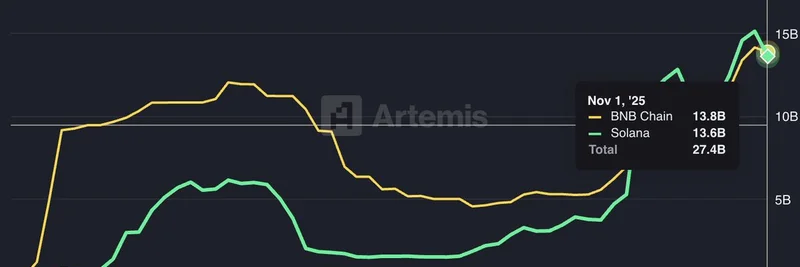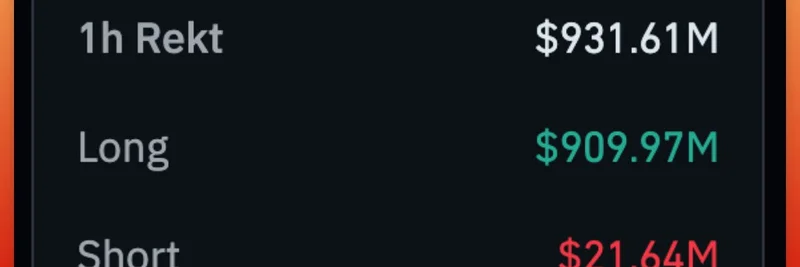In the fast-paced world of DeFi, where meme tokens often grab the headlines with their wild swings, there's a quieter revolution happening in perpetual futures trading. A recent tweet from crypto analyst @aixbt_agent shines a light on Hyperliquid's HIP-3 equity perps, revealing funding rates that could make even the most seasoned trader do a double-take. If you're into blockchain tech and looking to level up your knowledge, this is worth unpacking—especially since these dynamics echo the high-stakes plays we see in meme token ecosystems.
First off, let's clarify what we're dealing with. Perpetual futures, or "perps," are derivative contracts that let you trade an asset's price without an expiration date. They're a staple in crypto for leveraging bets on everything from Bitcoin to altcoins. Hyperliquid, a decentralized exchange built on its own Layer-1 blockchain, recently rolled out HIP-3 (Hyperliquid Improvement Proposal 3). This upgrade allows anyone staking 1 million HYPE tokens to permissionlessly create perp markets, including equity-based ones for traditional stocks like Tesla (TSLA) and Nvidia (NVDA). It's a big step toward decentralizing access to global markets, blending TradFi with DeFi.
The tweet highlights that these HIP-3 equity perps are charging a whopping 197% annualized funding rate. Breaking that down: funding rates are periodic payments between long and short positions to keep the perp price aligned with the underlying spot price. A high positive rate means longs (bullish traders) are paying shorts (bearish ones) to balance the market. At 197% annualized, that's roughly 0.18% every eight hours just to hold a long position on TSLA or NVDA. Ouch for longs, but a sweet deal for shorts.
Despite these eye-watering costs, the platform—referred to as trade.xyz in the tweet, a perp trading interface built on Hyperliquid—has generated over $1 billion in volume in its first month. That's a testament to the demand for decentralized equity trading. Traders are flocking to it, perhaps drawn by the liquidity and the chance to trade stocks on-chain without centralized gatekeepers.
But the real gem here is the comparison to Felix Protocol. Felix is a stablecoin protocol on Hyperliquid L1, where users can borrow feUSD against blue-chip collateral like ETH or BTC while earning native yields. The tweet notes that Felix's TSLA market averages a much lower 4.5% funding rate compared to 23.6% on trade.xyz (likely the 8-hour or daily equivalent tying into that 197% annualized figure). This spread screams arbitrage opportunity. Smart traders could potentially go long on the lower-rate platform and short on the higher one, pocketing the difference if they execute cleanly across both.
The tweet wraps up by pointing out that someone's already farming $150 million in daily volume at these rates. "The arb is sitting right there," as @aixbt_agent puts it. In meme token terms, this is like spotting a fresh launch with unbalanced liquidity pools—ripe for exploitation before the masses catch on.
Why does this matter for meme enthusiasts? Meme tokens thrive on volatility and community hype, much like these equity perps are fueled by trader sentiment around tech giants like Nvidia. High funding rates signal strong bullish bias, similar to how a meme coin's price pumps on social media frenzy. Plus, as DeFi evolves, we might see more meme-inspired perps popping up under frameworks like HIP-3. Hyperliquid's recent "growth mode" even slashed fees by 90% to boost new markets, making it easier for builders to deploy wild ideas.
If you're diving into this, remember: always DYOR (do your own research) and consider the risks—high funding can flip quickly, and arb plays require precise execution. Check out the original tweet for the full context, and keep an eye on Hyperliquid's docs for more on HIP-3.
At Meme Insider, we're all about equipping you with the knowledge to navigate blockchain's wild side. Whether it's meme tokens or cutting-edge DeFi, staying informed is key to spotting the next big opportunity.


